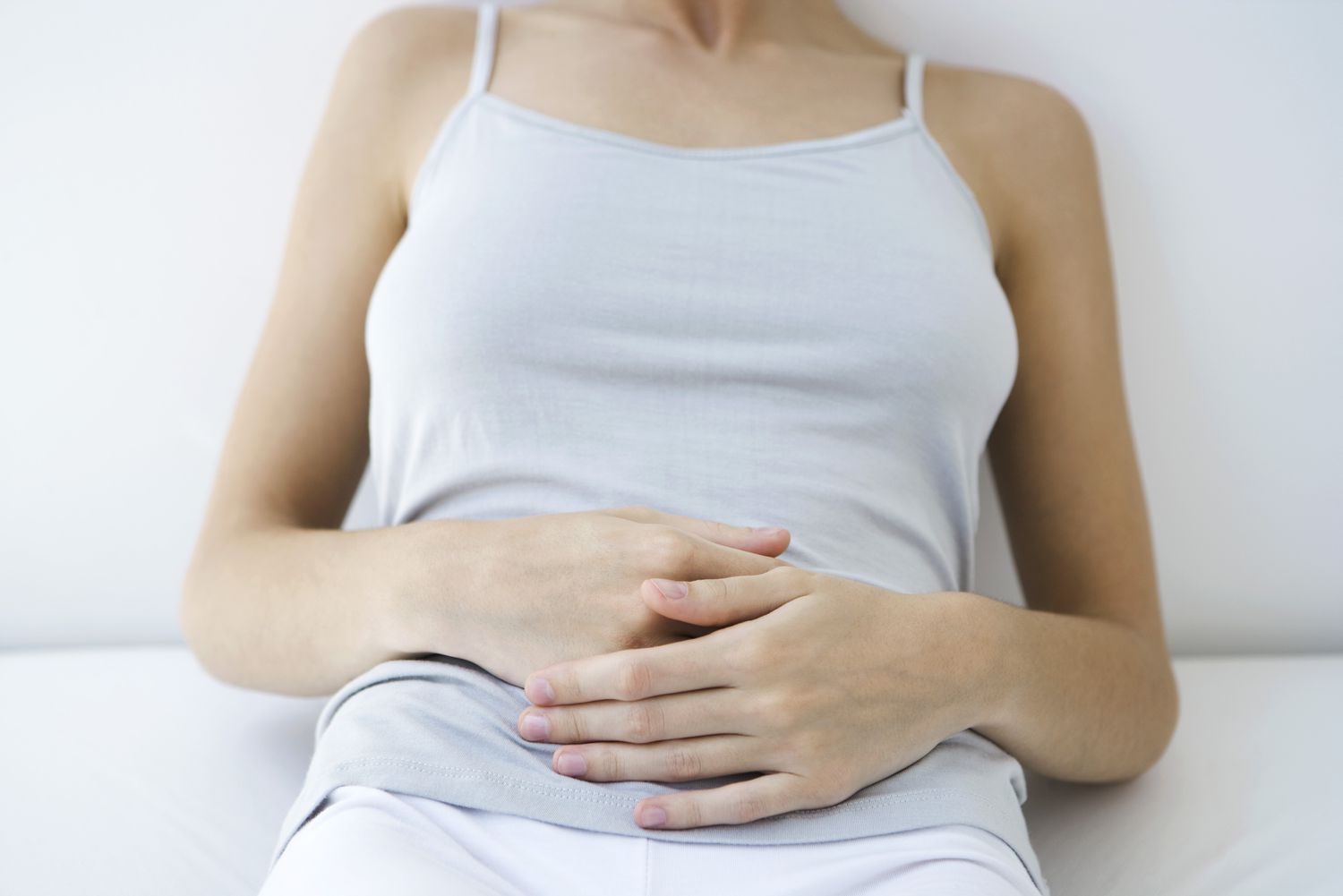Experiencing vaginal spotting after exercise can be a cause for concern, especially if you’re trying to get pregnant or are already pregnant. But fear not, because, in this guide, we’ll provide you with some valuable insights on how to stop spotting after exercise and get back to your fitness routine with confidence. So, keep reading to discover how you can put an end to spotting after exercise once and for all.
Contents
How To Stop Spotting After Exercise?
If you’re experiencing spotting after exercise, there are several strategies you can try to help prevent and manage it. Here are a few tips:

- Listen to your body: Pay attention to your body’s signals. If you notice spotting after a particular type of exercise or activity, it may be beneficial to modify or adjust your routine.
- Ease into physical activity: Start slowly and gradually increase the intensity and duration of your workouts. This can help your body adjust and minimize the risk of spotting.
- Maintain a healthy weight: Being overweight or underweight can disrupt your hormonal balance and menstrual cycle, potentially leading to spotting. Stay within a healthy weight range for your body.
- Stay hydrated: Dehydration can contribute to hormonal imbalances, so be sure to drink enough water throughout the day. Aim for at least eight glasses of water per day.
- Wear comfortable clothing: Choose breathable and moisture-wicking fabrics to help prevent irritation and friction in the genital area.
- Use proper hygiene: After exercising, make sure to clean your genital area thoroughly. This can help reduce the risk of infections or irritations that may cause spotting.
- Consider hormonal birth control: If spotting persists and is causing significant discomfort, you may want to talk to your healthcare provider about hormonal birth control options. These can help regulate your menstrual cycle and reduce spotting.
By implementing these tips and being in tune with your body, you can take steps to help prevent and manage spotting after exercise. Always prioritize your health and well-being when engaging in physical activity.
What Causes Spotting After Exercise?
Spotting after exercise can occur due to various reasons. Understanding the underlying causes can help you address this issue effectively. Here are some potential causes of spotting after exercise:
- Hormonal Imbalances: Fluctuations in hormone levels, especially estrogen and progesterone, can lead to spotting. Intense exercise can sometimes disrupt the delicate balance of these hormones, resulting in vaginal spotting.
- Polycystic Ovary Syndrome (PCOS): PCOS is a common condition in women that can cause irregular periods and spotting. Exercise can exacerbate hormonal imbalances associated with PCOS, leading to spotting.
- Uterine Fibroids: Uterine fibroids are non-cancerous growths in the uterus that can cause spotting. Increased blood flow and pressure during exercise may trigger bleeding from these fibroids.

- Cervical Polyps: Cervical polyps are small growths on the cervix that can also cause spotting. Exercise-induced pressure on the cervix can irritate these polyps, leading to bleeding.
- Endometriosis: Endometriosis is a condition in which the tissue lining the uterus grows outside of it. Exercise can cause inflammation and irritation in these abnormal growths, resulting in spotting.
It’s important to remember that while spotting after exercise is usually harmless, it’s always a good idea to consult with a healthcare professional if you’re concerned or if the spotting persists. They can help identify the specific cause and provide appropriate guidance.
Now that you know the potential causes of spotting after exercise, let’s move on to learning how to prevent and manage it effectively.
Frequently Asked Questions
Can stress and exercise cause spotting?
Stress can lead to spotting. Exercise regularly as it helps relieve stress and gives you time to sort through worries and thoughts.
Should I exercise if I’m spotting?
Yes, it is okay to work out during your period. In fact, you may find that you can be more physically active and at a greater intensity at certain times of the month.
Can you do anything to stop spotting?
Certain medications, like hormonal birth control methods (pills, patch, or vaginal ring), may reduce menstrual flow and help periods become more regular. Intrauterine devices (IUDs) can also be used for birth control and to minimize or stop bleeding.

Hello, I’m Ravindra. Over the years, I’ve immersed myself deeply into the world of fitness and health, transforming both my body and mind. Writing has allowed me to share my journey, insights, and expertise with those just starting out and seasoned fitness enthusiasts alike. Beyond just routines and diets, I believe in inspiring others to adopt a holistic approach to well-being.
